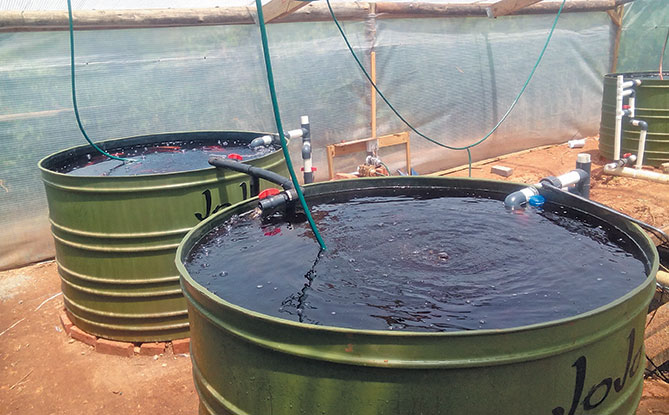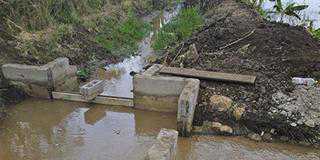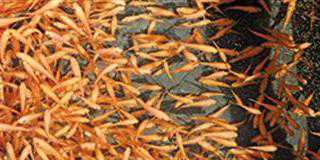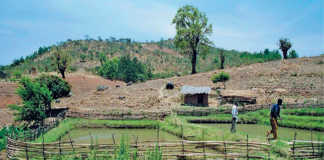
Photo: Nicholas James
Aquaponics, which involves growing a plant crop using the waste products from fish culture, is an ever-more popular practice in South Africa.
Currently, however, it suffers from a fundamental problem: in almost every example, the fish side of the operation is regarded as secondary to that of the plants. This makes little sense, as one of the aims is to obtain maximum growth of both.
Inefficient old methods
In a traditional aquaponics set-up, small, high-sided, circular plastic tanks of about 1 500ℓ each are used for fish culture, and these are coupled to a gravel bed system.
The gravel bed becomes a biological filter, breaking down the ammonia-based waste products in the water into nitrates, which the plants then take up.
Once through this system, the water then flows by gravity through one of several plant culture methods: rafts, buckets or pipes. Finally, the water, now cooled to ambient temperature, returns to the fish culture tanks.
There are at least two factors preventing producers from obtaining optimal fish growth with such a system.
The first is the unsuitable design of the tanks. These are typically cut-down JoJo water storage tanks, with too deep surface areas when used for tilapia culture.
What is often not realised is that oxygen diffuses into water only at the surface, where the air bubbles burst, so very little is to be gained from placing the aeration deep in the tanks.
All the lower aeration achieves is a reduction in output of the low-pressure blowers.
Another problem is that the round design of the tanks wastes precious space in a tunnel system.
(The idea comes from the circular tanks devised in the 1960s for trout, which require a continous current. Tilapia are still-water fish; they do not need swiftly flowing water.)
To be frank, the only advantages that these high-sided circular tanks offer is that they are easily available and ready for use.
For tilapia growth, a far more suitable alternative is wide, shallow, grow-out tanks between 3m and 4m in width and not more than 80cm deep. As these must be situated in a greenhouse tunnel where space is at a premium, they should be rectangular.
They should also be self-cleaning, constructed of concrete blocks and lightly plastered.
There are many advantages to this construction method: the cement buffers the pH, the materials are cheaper and stronger, and the tanks can be custom-built to fit any tunnel.
Loss of heat
The second factor that results in poor fish production is water temperature loss. Even if the fish culture unit is completely enclosed, up to 6°C to 7°C can be lost through circulating the water outside through plant beds.
This cold water re-entering the fish tanks significantly reduces fish growth. An alternative is to design the fish culture unit to be optimal for the fish, with its own filter system also enclosed in the greenhouse.
Nitrate-laden water is then reticulated through the plant culture system, as required, and recirculated without re-entering the fish system.
Nicholas James is an ichthyologist and hatchery owner.










